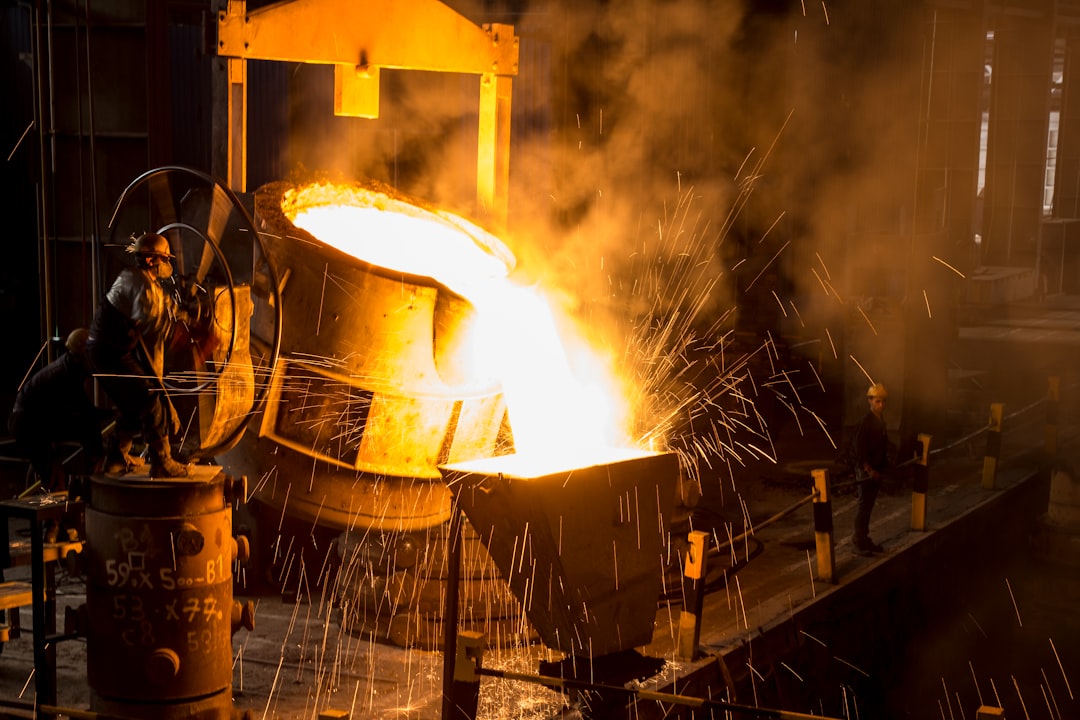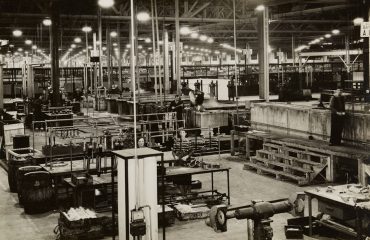The steel industry is a dynamic landscape, constantly fluctuating with market forces and global events. Securing a reliable steel supply is crucial for any business, and the choice between spot and long-term contracts significantly impacts profitability and operational stability. This in-depth analysis will dissect the advantages and disadvantages of each approach, helping you make an informed decision for your specific needs.
Understanding Spot Steel Contracts: Riding the Price Waves
Spot contracts involve purchasing steel on the open market at the prevailing market price. This approach offers flexibility and responsiveness to immediate needs. You buy steel only when you need it, avoiding the commitment of long-term agreements. The price you pay reflects the current market conditions, which can be advantageous during periods of price decline. However, this flexibility comes with inherent risks.
Advantages of Spot Contracts:
- Flexibility: Buy only what you need, when you need it.
- Potential for Price Savings: Beneficial during market downturns.
- Reduced Inventory Costs: No need to store large quantities of steel.
Disadvantages of Spot Contracts:
- Price Volatility: Exposure to market price fluctuations can significantly impact profitability.
- Supply Uncertainty: No guaranteed supply; availability depends on market conditions.
- Increased Transaction Costs: Frequent purchasing involves higher administrative overhead.
Long-Term Steel Contracts: Securing Stability and Predictability
Long-term steel contracts offer a different approach. These agreements lock in a predetermined price and quantity of steel over a specified period, typically ranging from several months to several years. This provides price stability and secures a reliable supply, reducing the risk of price spikes and supply disruptions.
Advantages of Long-Term Contracts:
- Price Stability: Predictable pricing reduces financial uncertainty.
- Guaranteed Supply: Secures a consistent supply of steel, minimizing production disruptions.
- Improved Cash Flow Management: Facilitates better budgeting and financial planning.
- Stronger Supplier Relationships: Cultivates closer relationships with steel suppliers.
Disadvantages of Long-Term Contracts:
- Price Risk in a Falling Market: You may pay more than the prevailing market price if prices decline.
- Lack of Flexibility: Difficult to adjust quantities or specifications during the contract period.
- Potential for Increased Inventory: May require holding larger steel inventories.
- Contract Negotiation Complexity: Requires careful negotiation and legal review.
Hedging Strategies: Mitigating Risk in Both Contract Types
Regardless of whether you choose spot or long-term contracts, hedging strategies can help mitigate price risk. These strategies involve using financial instruments, such as futures contracts or options, to offset potential losses from price fluctuations. For example, a company using spot contracts might hedge against price increases by purchasing futures contracts, locking in a future price for their steel needs.
Analyzing Your Business Needs: The Key Decision Factor
The optimal choice between spot and long-term steel contracts depends heavily on your specific business needs and risk tolerance. Consider the following factors:
- Production Volume and Consistency: High and consistent production volumes often favor long-term contracts.
- Inventory Management Capabilities: Efficient inventory management can offset the risks of long-term contracts.
- Risk Tolerance: Companies with a higher risk tolerance might prefer spot contracts for potential price savings.
- Market Outlook: An anticipated price increase might make long-term contracts more attractive.
- Financial Resources: Long-term contracts often require significant upfront capital commitment.
Navigating the Steel Market: Expert Advice and Due Diligence
The steel market is complex and influenced by various factors, including global economic conditions, raw material prices, and geopolitical events. Before making a decision, consult with experienced steel procurement professionals and conduct thorough market research. Understanding current market trends and anticipating future price movements is crucial for successful steel procurement. Remember to thoroughly review and understand the terms and conditions of any contract before signing.
Ultimately, the best approach to steel procurement is a strategic one that aligns with your company’s specific needs and risk profile. By carefully weighing the advantages and disadvantages of spot and long-term contracts, and by implementing effective hedging strategies, you can secure a reliable steel supply while optimizing your profitability.




